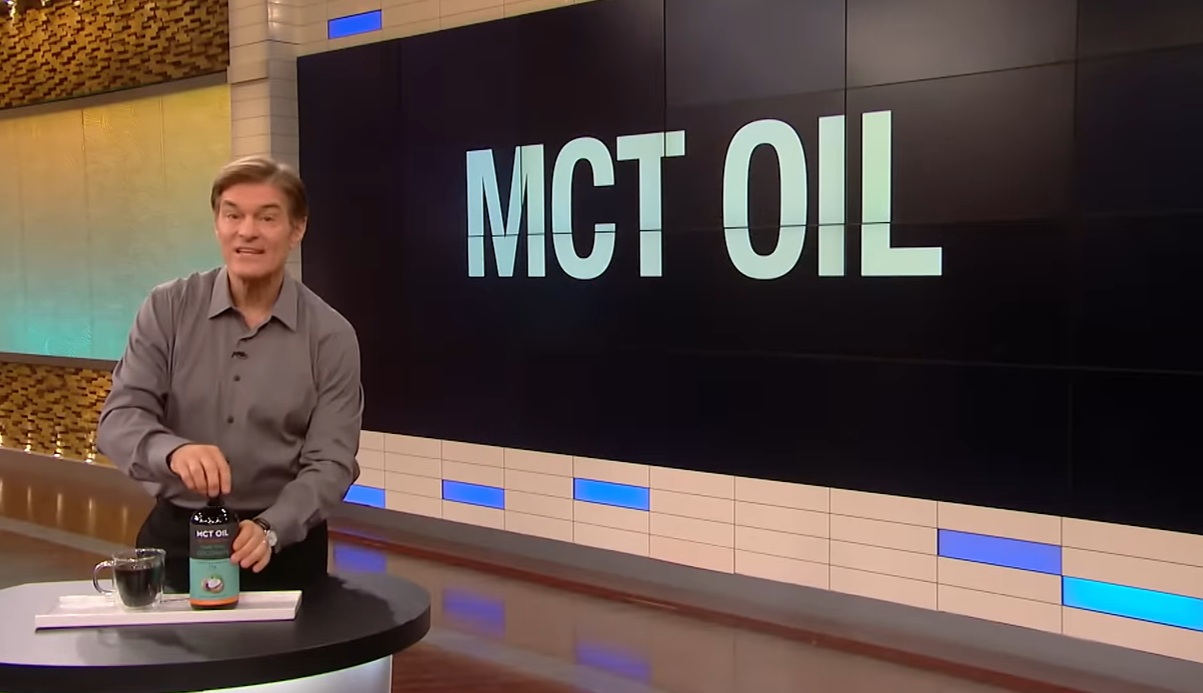Why Student Loan Relief Fixes Nothing—and Could Make Everything Worse
How much student loan debt would Americans hold in three years if President Joe Biden instituted his forgiveness plan today? The exact same amount they hold today.
The reason is simple: Forgiveness does nothing to address the structural causes of the $1.6 trillion in student debt held by the public, according to economists and education experts who spoke with the Washington Free Beacon. Canceling debt won’t stop future students from borrowing tomorrow, nor can Biden wave a wand and make college cheaper.
The White House is considering forgiving up to $10,000 of student loan debt per person, according to multiple reports. Should Biden follow through with the plan, a reduction in outstanding student loan debt wouldn’t last long. Economists say the total amount owed to the U.S. government would return to $1.6 trillion by 2026 under a $10,000 forgiveness program.
Biden’s consideration of loan forgiveness comes as his administration has seen approval ratings plummet, with younger voters increasingly losing trust in his presidency just months before the midterm elections. No matter what Biden’s rationale for the move may be, economists say any forgiveness scheme could actually exacerbate the problem for current and future students by incentivizing schools to raise tuition.
“Here’s the basic situation, the most charitable explanation is that student loan debt forgiveness is a Band-Aid,” said economist Marc Goldwein. “This is a one-time gift.”
Even if Biden were to capitulate to the demands of Sens. Elizabeth Warren (D., Mass.) and Bernie Sanders (I., Vt.) and cancel all outstanding student loan debt, Goldwein finds, outstanding student debt would return to $1.6 trillion in under 15 years. If Biden were to cancel $50,000, student debt would return to that level in under a decade.
There are several explanations for why student debt would continue rapidly increasing after cancellation. For one, partial student loan forgiveness would make the total debt held much younger. Older college graduates have less debt to pay, whereas younger Americans on average have much larger outstanding balances that continue to accrue interest.
The cost of higher education has skyrocketed over the past decades. In fact, few goods or services have risen faster. Some studies find college tuition has increased in price at a faster rate than health care, child care, and housing.
Between 1980 and 2020, the price of an undergraduate education has increased nearly 170 percent, according to a report from Georgetown University. But that fact hasn’t deterred Americans from attending college. In 1980, 16.2 percent of Americans held a college degree or more, compared with just under 38 percent in 2021.
Why the cost of college has risen so sharply is a matter of ongoing debate among economists. Whatever the reason, few would say student debt relief does anything to address the underlying problem.
“Executive authority on student debt relief only works with a certain king on the throne. That doesn’t sound like good economic policy,” said education economist Carlo Salerno. “Student debt relief is just mopping the floor while the faucet still runs. We’re adding student debt faster than we’re paying it off.”
Worse, some economists say, student debt relief could actually encourage colleges and universities to raise tuition prices further. Consider the hypothetical of a college administrator deciding tuition costs for the 2023-2024 school year. Biden just declared a $10,000 student loan bailout and promised future relief. A college administrator could rationally consider it a safe bet to significantly hike tuition costs if the government might cover the increase in a few years.
“You could argue that student debt relief is worse than a Band-Aid. It’ll infect the wound,” Goldwein said. “This is going to worsen the problem.”
Economists and education experts who spoke with the Free Beacon said student debt relief could also provide perverse incentives for future undergraduates. A student deciding between a more costly private education versus a local state school may opt for the former if he believes another round of student debt cancellation is down the road. Moreover, a student may opt to pay back his outstanding debt at a slower pace if he expects further cancellation under a different Democratic administration or a second Biden term.
One individual who works in private lending told the Free Beacon that his advice to students today is to take out as much debt as you can. Interest rates remain relatively low, he said, and there is a good chance it may all be forgiven by the time the student graduates.
Young people considering a gap year before enrolling in college may want to reconsider their plans as well. Biden announcing student debt relief in the fall will not do much good for the 18-year-old who decided to postpone college to volunteer for a year.
Although a vast majority of Americans—roughly 87 percent—do not hold any student loan debt, there may never be a better time to go back to school. Biden’s plan could be the deal of a lifetime.
" Conservative News Daily does not always share or support the views and opinions expressed here; they are just those of the writer."





Now loading...